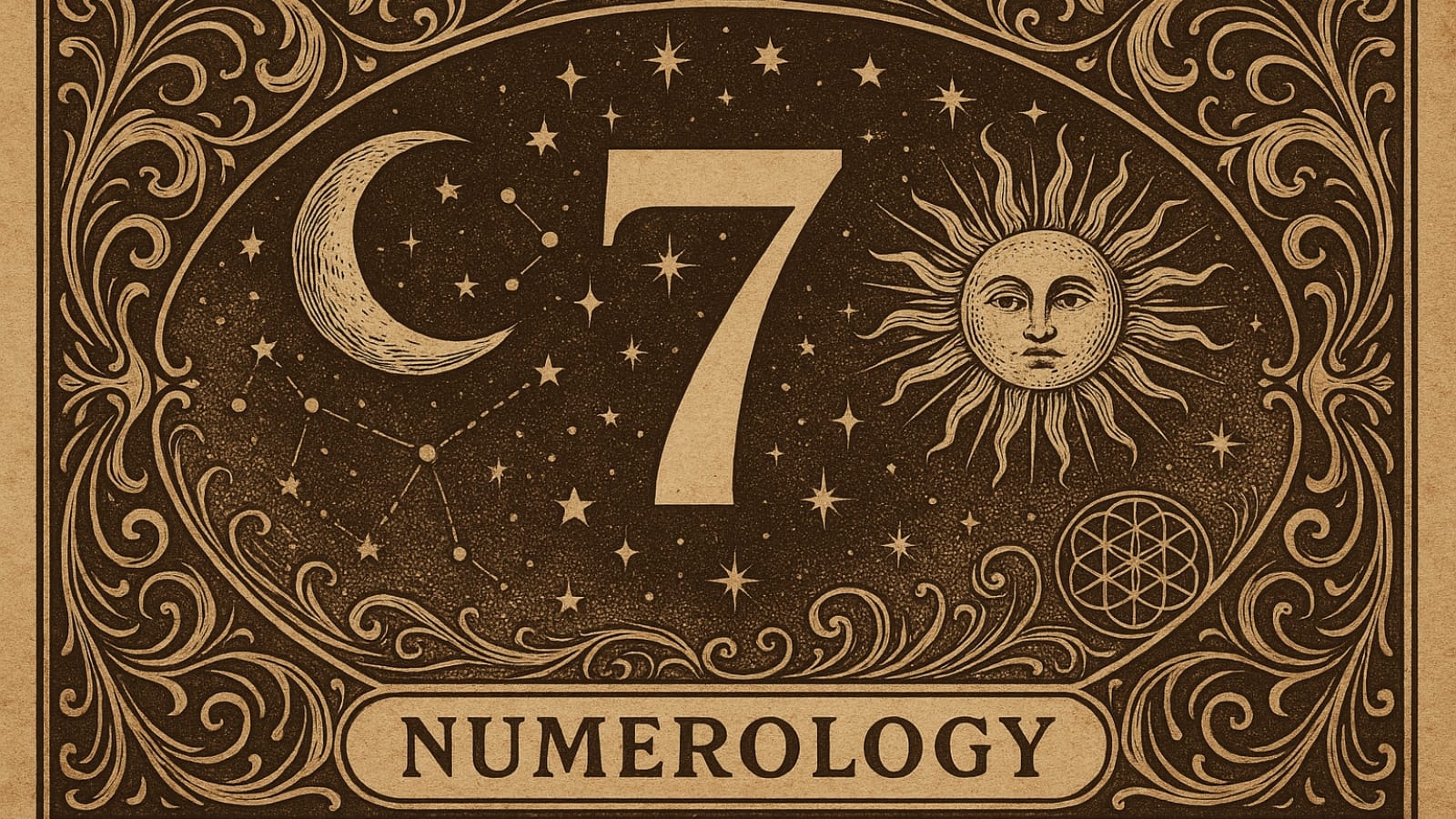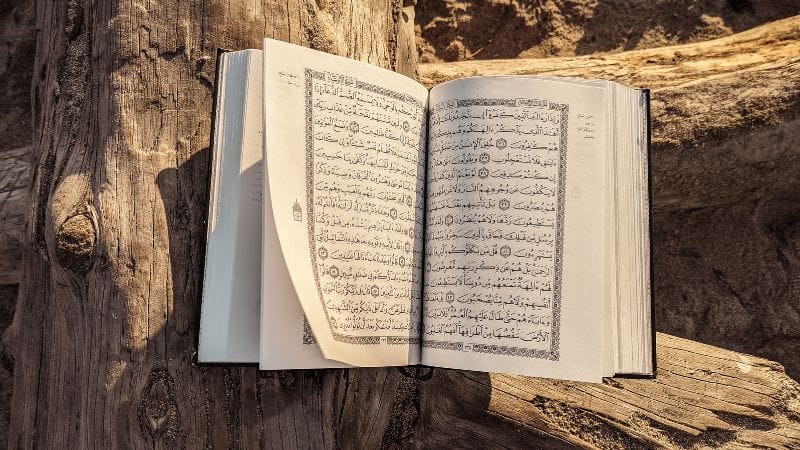Numerology In The Quran: Numerological Patterns And Order

From the mystical significance of numbers in ancient civilizations to their use in modern numerology, people have sought hidden patterns that reveal deeper truths about the universe.
In Islam, numbers hold a unique place, particularly within the Quran. Islamic teachings emphasize divine precision and order, unlike traditional numerology, which assigns spiritual or mystical properties to numbers.
Many scholars and believers have explored numerical patterns in the Quran, arguing that they reflect the book’s divine origin.
This raises an intriguing question: Are there numerical patterns in the Quran that point to divine wisdom? If so, what do these patterns reveal about the structure and message of Islam’s holy text?
Table of Contents
The Numerical Precision Of The Quran

One of the most fascinating aspects of the Quran is its mathematical precision. Many scholars and researchers have observed a structured numerical pattern within its chapters (Surahs) and verses, suggesting a divine order beyond human composition.
The Quran’s Structure and Mathematical Consistency
- The Quran consists of 114 Surahs, a number divisible by 19, which is often considered significant in Islamic numerology.
- Various numerical patterns appear in word repetitions, verse distributions, and thematic alignments, indicating a deliberate structure.
The Significance of Surah Numbers and Verse Placements
- The arrangement of Surahs and their corresponding verse counts often reflect symmetry and balance.
- Some Surahs seem to be strategically placed to emphasize specific themes through their numerical positions.
Example: Surah 57 (Al-Hadid/Iron) as the Midpoint
- The Quran consists of 114 Surahs, and Surah 57 (Al-Hadid) is exactly at the midpoint.
- The word Hadid (Iron) itself holds significance, as its atomic number is 26, which is half of 52, the number of words in the Surah.
- Some interpretations suggest that this is a divine indication of the Quran’s structural harmony.
The Divine Placement Of Iron In The Quran
The mention of iron (hadid) in the Quran has fascinated both scholars and scientists due to its numerical alignment with modern scientific facts.
Iron in the Quran: Surah 57, Verse 25
- Surah 57:25 states:
“…And We sent down iron, wherein is great military might and benefits for the people…” - The phrase "We sent down iron" is particularly striking because iron is not originally from Earth—it is believed to have come from supernova explosions, aligning with the Quranic wording.
Iron’s Position in the Quran and in Nature
- Surah 57 (Al-Hadid/Iron) is at the midpoint of the Quran (57 is half of 114).
- Iron is also at the core of the Earth, mirroring its central placement in the Quran.
Numerical Parallels with Iron’s Properties
- Iron’s atomic number is 26, and the word hadid appears in the 26th segment of Surah 57.
- The stable isotopes of iron include 54, 56, 57, and 58, with 57 appearing as the Surah number, possibly hinting at a divine pattern.
These numerical consistencies suggest a remarkable alignment between the Quran and scientific knowledge.
Scientific Miracles And Numbers In The Quran

The Quran contains numerous references to natural phenomena that align with modern scientific discoveries. Some of these insights are reflected in the precise use of numbers, reinforcing the belief in divine wisdom.
Worker Bees as Female
- The Quran specifically refers to worker bees as female in Surah An-Nahl (16:68-69):
“…And your Lord inspired the bee: ‘Take for yourself among the mountains, houses, and among the trees and [in] that which they construct.’” - In Arabic grammar, the verbs used here are in the feminine form, indicating that the bees performing these tasks are female.
- Modern entomology confirms that only female worker bees gather food, build hives, and produce honey, a fact unknown at the time of revelation.
Absolute Zero in Kelvin and Divine Order
- Absolute zero (0 Kelvin = -273.15°C) is the lowest possible temperature, where all atomic motion stops.
- The Quran frequently emphasizes divine order and balance in creation:
“…And We created everything in pairs, so that you may reflect.” (Quran 51:49) - This idea aligns with the scientific principle that the universe operates within fixed, measurable laws, including temperature limits.
Does Numerology Prove Divine Intervention?
The presence of numerical patterns in the Quran raises an important question: Do these patterns serve as proof of divine intervention, or are they coincidences?
Divine Order vs. Coincidence
Many scholars believe that the mathematical precision of the Quran is a reflection of divine order rather than mere chance. However, skeptics argue that numerical patterns can be found in any text if one searches long enough.
The Quran itself emphasizes faith in its message rather than hidden codes:
“…This is the Book about which there is no doubt, a guidance for those conscious of Allah.” (Quran 2:2)
Islamic Numerology vs. Western Numerology
Western numerology, rooted in Greek and Pythagorean traditions, often assigns mystical meanings to numbers, focusing on personal insights, fate, and destiny.
In contrast, Islamic numerology centers on linguistic and mathematical patterns found in the Quran without involving fortune-telling or personal predictions.
Islam discourages relying on numerology for making life decisions, emphasizing that true guidance comes from the teachings of the Quran and Sunnah rather than numerical interpretations.
Caution Against Over-Reliance on Numbers
While numerical consistencies in the Quran may strengthen faith, scholars caution against excessive dependence on numerical analysis. Islam teaches that belief should be grounded in faith, reason, and a clear understanding of the Quran’s message rather than hidden codes or patterns.
The Prophet Muhammad (ﷺ) never encouraged numerical interpretations beyond the Quran’s explicit meanings, emphasizing that true guidance comes from understanding its teachings rather than seeking secret messages within its structure.
Conclusion
In conclusion, the Quran presents intriguing numerical correlations, such as the precise placement of Surah 57, the connection between iron’s atomic number and its reference in the Quran, and the scientific insights that align with divine creation.
These patterns may serve to deepen one's understanding of the Quran, but it is important to approach them with a balanced perspective. While these numerical consistencies may inspire awe, they should not replace the core message of faith and understanding.
Ultimately, one must ask: Could the numerical structure of the Quran be yet another sign of its divine origin?

